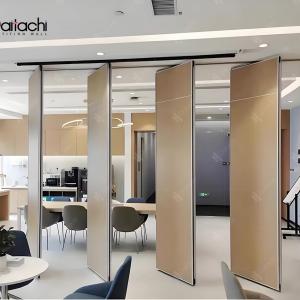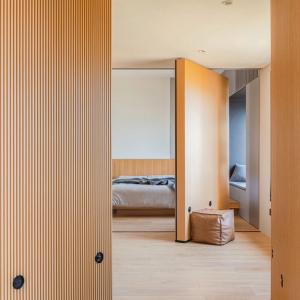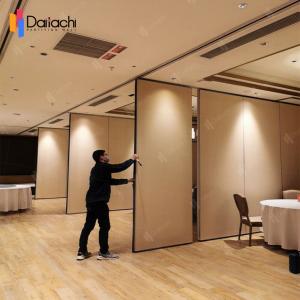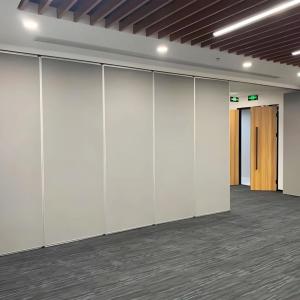Folding partition walls have become popular for several reasons:
-
Flexibility: They offer the ability to quickly and easily create or change room layouts as needed. This flexibility is particularly valuable in dynamic environments such as offices, conference centers, schools, and homes where spaces often need to be adapted for different uses.
-
Space Efficiency: Folding partition walls maximize the use of available space by allowing areas to be divided or opened up as required. This is beneficial for optimizing room functionality and accommodating varying numbers of people or activities.
-
Cost-Effectiveness: Compared to permanent walls, folding partitions are generally more affordable to install and maintain. They offer a cost-effective way to create temporary rooms or sections without the expense and construction time associated with traditional walls.
-
Design Variety: Folding partition walls come in a wide range of designs, materials, and finishes to suit different aesthetic preferences and interior styles. They can enhance the visual appeal of a space while providing practical functionality.
-
Sound Management: Many folding partitions are designed with acoustic properties to control noise levels between divided areas. This is crucial in environments requiring privacy, concentration, or where simultaneous activities occur.
-
Ease of Use: Modern folding partitions are engineered for smooth operation, often utilizing tracks, hinges, or wheels for easy opening, closing, and reconfiguration. This user-friendly design makes them accessible for a wide range of applications.
-
Environmental Considerations: Some folding partition walls are made from sustainable materials or contribute to energy efficiency by allowing for more targeted heating, cooling, and lighting in partitioned spaces.
-
Temporary or Permanent Solutions: They can serve as temporary partitions for events or as permanent fixtures in buildings, offering long-term flexibility and adaptability.
Overall, the popularity of folding partition walls is driven by their ability to provide functional space management, aesthetic enhancement, cost efficiency, and adaptability in various settings. They are a versatile solution that meets the evolving needs of modern architecture and interior design.
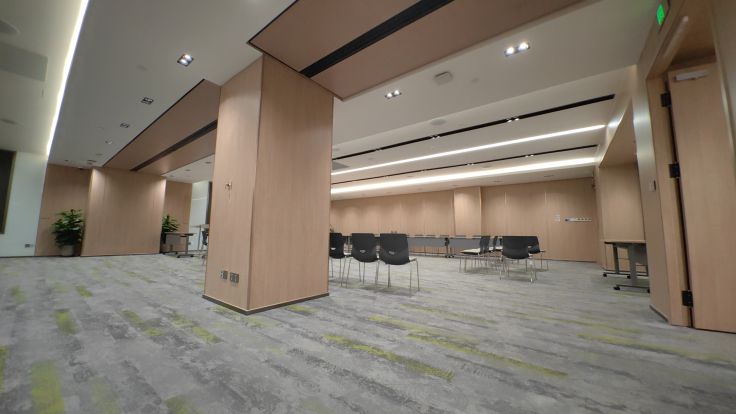
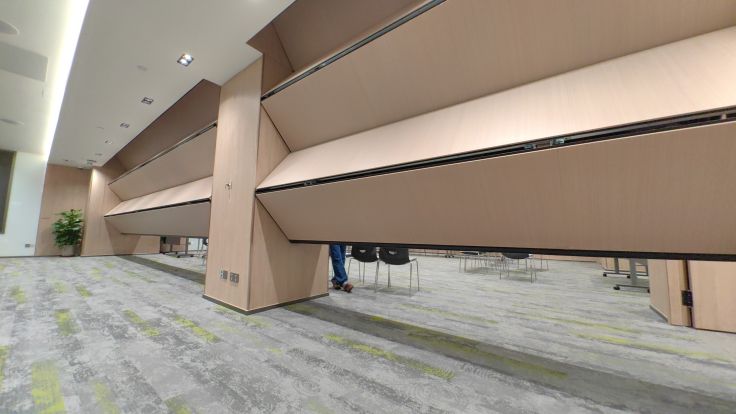
Video:
https://youtu.be/fpgxVF0zAmY?si=X_xnvCA25xnU3c_t
